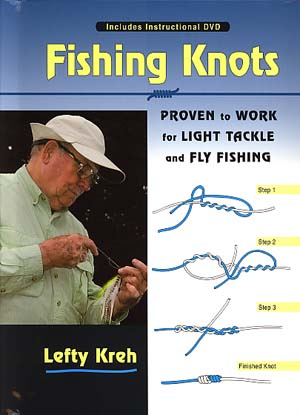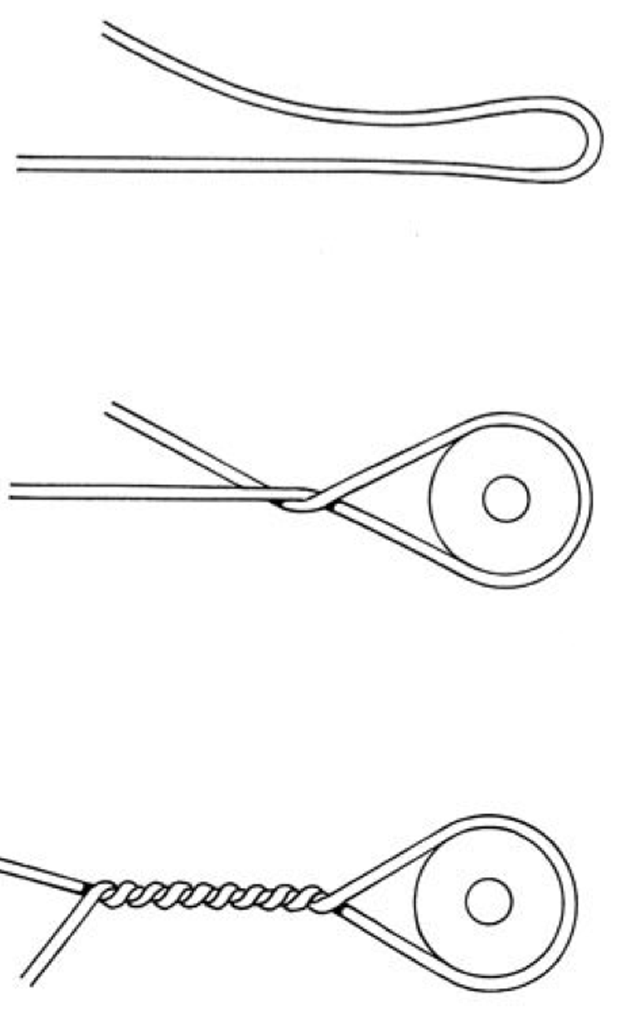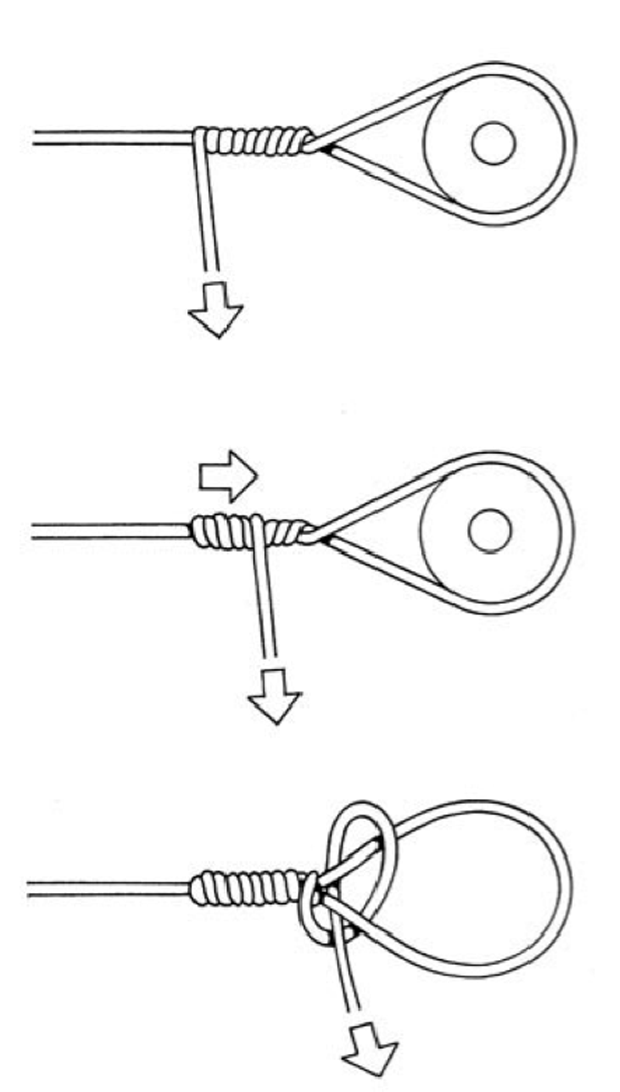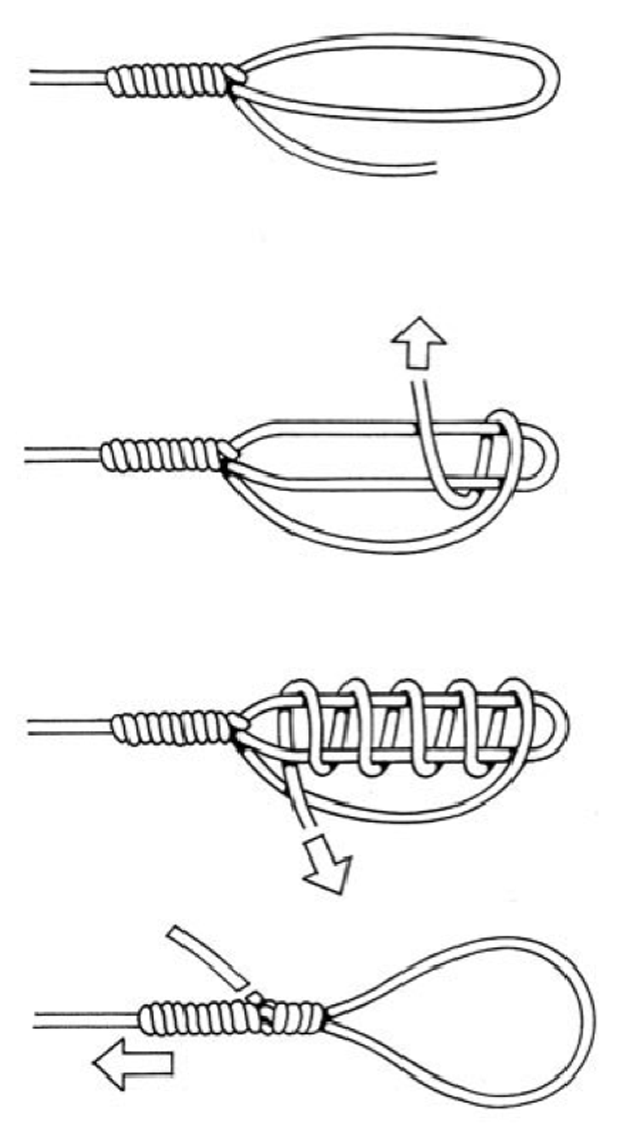The Bimini Twist, possibly the most important big game fishing knot.
[dropcap]T[/dropcap]he origin and history of the Bimini Twist knot is not totally clear. What current research shows is that it was possibly a knot used by commercial tuna fisherman in Nova Scotia, way before monofilament came on the scene, and it required two deck hands to tie it.
With the advent of mono becoming part of the fisherman’s tool box (after WWII), many new knots came online and many older knots had to add turns so the “slippery” mono knot would hold. The earliest reference we could find in magazines or books – relating to the Bimini Twist, was found in a 1952 copy of Fresh & Saltwater Spinning with authors Eugene Burns and Clyde Childress (A. S. Barnes and Company, publisher). Calling the knot a “100 percent loop knot,” Burns and Childress showed their knot pictorially in four shots. The 100 percent loop knot was a 15-turn affair and finished off with a single half hitch. Also, in 1953, Tom McNally’s Complete book of Fishermen’s Knots showed a 5-turn version that finished with two half hitches. That knot was called the Japanese Fisherman’s Knot.
NOTE: The story of the Bimini Twist’s origin coming from a Venezuelan marlin fisherman is completely false.
The Bimini Twist knot is known worldwide. It may well be the most important knot in all of saltwater fishing & fly fishing. First, it’s a 100% strength knot, and makes anything you attach to it fail-safe at its designated pound test. The number of turns does not have to be limited to 25 or 30 as suggested in the illustrations below, it can be more or even less. However, additional turns produce even more shock absorbing properties in the Bimini twist.
NOTE: Never use a Bimini if a delicate presentation is required as it is just too bulky.






